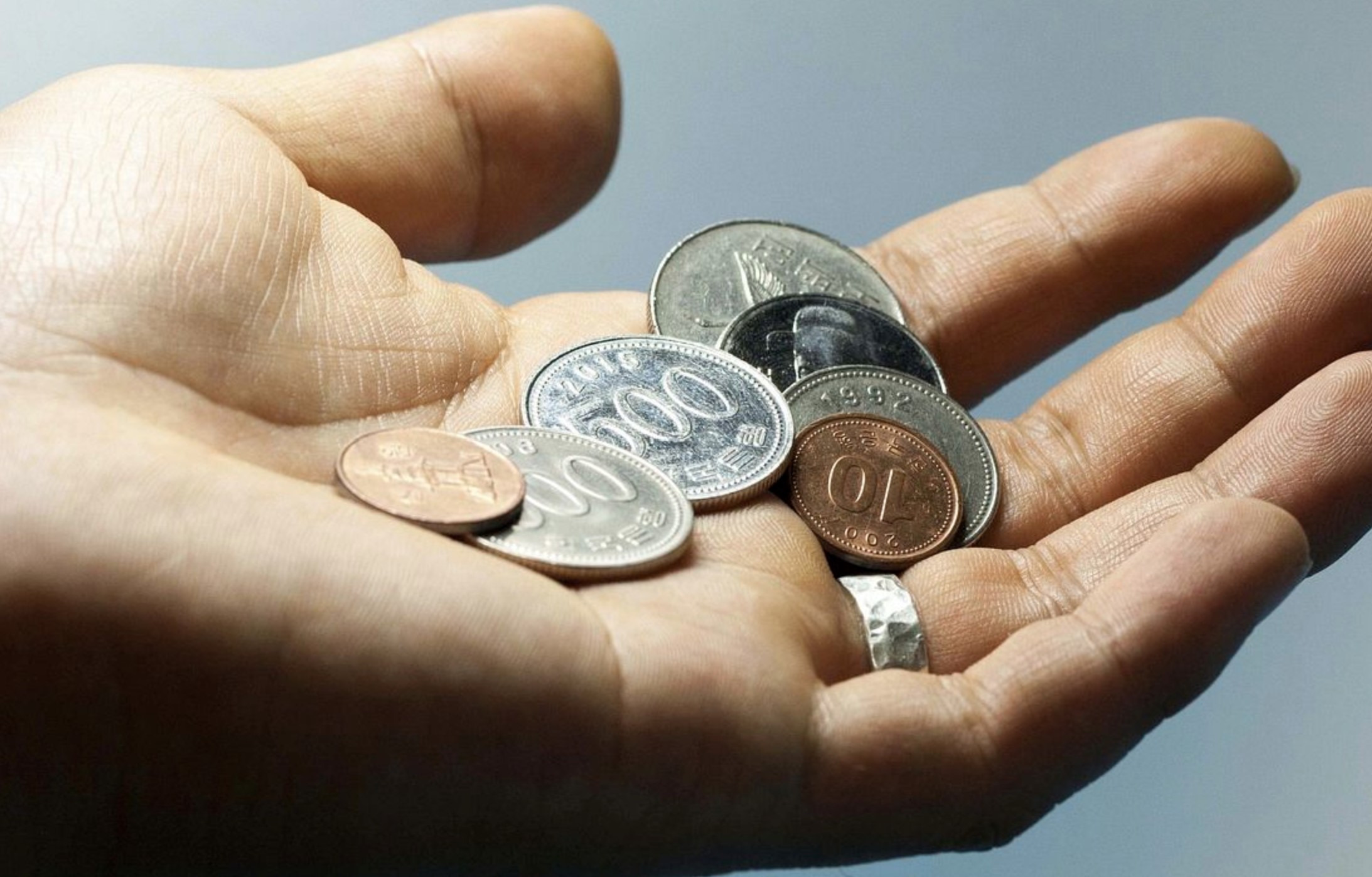In today’s financial landscape, discerning the legitimacy of a thousand monetary unit can prove to be a crucial skill for anyone handling cash transactions. Whether you’re a seasoned merchant or a vigilant consumer, distinguishing a genuine bill from a fraudulent replica demands attention to nuanced details and subtle indicators.
Exploring the intricacies of identifying a forged banknote unveils a myriad of telltale signs that separate the bona fide from the counterfeit.
Key Features of Authentic Currency
In this section, we delve into the primary characteristics that distinguish genuine currency from counterfeit alternatives. Understanding these distinguishing traits is crucial for safeguarding against fraudulent financial transactions.
- Authenticity Markers: Genuine bills are equipped with distinct features that are not easily replicated. These markers include specific patterns, watermarks, and security threads embedded within the paper.
- Quality of Materials: The materials used in the production of legitimate currency are carefully selected to ensure durability and resilience against wear and tear. Counterfeit bills often lack the same quality, exhibiting inconsistencies in texture and thickness.
- Design Precision: The design elements on authentic currency are meticulously crafted with precision and clarity. This includes detailed portraits, intricate line work, and finely printed text that is legible under magnification.
- Security Features: Modern banknotes incorporate advanced security features such as holograms, microprinting, and ultraviolet ink that are extremely difficult to replicate with standard printing techniques.
- Legal Specifications: Each genuine banknote complies with legal standards set forth by financial authorities, including specific dimensions, color accuracy, and the presence of mandatory inscriptions and symbols.
- Tactile Attributes: Authentic bills often possess unique tactile features that can be felt when handling the currency. These include raised prints and embossed elements designed to aid both the visually impaired and those verifying the bill’s authenticity.
- Serial Number Integrity: Every authentic banknote is assigned a unique serial number that adheres to a consistent format and placement. This number serves as an additional verification method against counterfeiting.
- Continual Innovation: Governments and monetary authorities regularly update security measures to stay ahead of counterfeiters, integrating new technologies and features into the currency production process.
- Educational Resources: Public awareness campaigns and educational materials provide valuable information on identifying authentic currency, empowering individuals and businesses to confidently handle financial transactions.
Visual Elements to Check
By familiarizing yourself with these visual indicators and regularly inspecting any 1000 peso bills you handle, you can develop a keen eye for spotting counterfeit currency and protect yourself from financial loss.
- Watermark: Look for a distinctive image embedded within the paper, typically visible when held up to the light.
- Security Thread: Observe the thin, embedded strip that runs vertically across the bill, which contains microprinting and shifts color under different angles of light.
- Color-Shifting Ink: Check for areas on the bill where colors change when viewed from different angles, indicating the use of specialized ink.
- Print Quality: Examine the sharpness and clarity of the printing, including fine lines and details that may be absent or blurred in counterfeit bills.
- Microprinting: Look closely for tiny texts or patterns that are difficult to replicate, often located within specific areas of the bill.
- Eccentricity: Verify the overall design layout and alignment of elements, as genuine bills adhere to precise standards that counterfeiters may overlook.
Texture and Feel of the Currency Note
Examining the tactile characteristics of a currency note plays a crucial role in determining its authenticity. The texture and feel of genuine bills possess distinct features that can be discerned through touch. Authentic notes typically exhibit a certain smoothness combined with a slight roughness, which aids in preventing slippage. This tactile quality is deliberate and serves as a tactile cue for authenticity.
Furthermore, the paper used in legitimate currency notes is designed to withstand wear and tear, maintaining its texture over time. This resilience is a testament to the quality of materials used in their production. Additionally, the embossed elements, such as raised prints or textures, contribute to the unique feel of genuine bills. These subtle textures are part of the security features that are challenging to replicate accurately.
In contrast, counterfeit bills often lack these nuanced textures. Moreover, they may feel unnaturally smooth or excessively rough due to inferior quality materials or inadequate replication techniques. These discrepancies in texture can be a telltale sign when attempting to distinguish between genuine and counterfeit currency notes.
Security Measures Embedded in Bills
In the realm of currency authenticity verification, bills are fortified with a multitude of covert and overt protective features. These elements are designed with intricate details that defy replication attempts, ensuring that genuine bills can be distinguished from counterfeit ones.
- Complex Watermarks: Bills incorporate sophisticated watermarks that are embedded within the paper itself, visible under light to attest to their authenticity.
- Specialized Inks: High-quality inks, which include color-changing and infrared-sensitive varieties, are used to print intricate patterns and symbols that are challenging to replicate.
- Microprinting: Tiny text and numbers are strategically placed on bills, requiring magnification to read, serving as a hallmark of genuine currency.
- Security Threads: Embedded within the bill’s paper, security threads contain intricate patterns or are made of reflective material, visible under ultraviolet light.
- Holograms and Foils: Some bills feature holographic images or foils that shift in appearance when tilted, offering a visual cue against counterfeiting.
Watermarks and Security Threads
In examining the authenticity of a 1000 Peso bill, certain features beyond its outward appearance provide critical indicators of legitimacy. Among these are specialized marks embedded within the paper and integrated security elements designed to thwart counterfeit efforts.
- Watermarks: These subtle designs, visible under light, are embedded into the paper itself during its production. They often depict symbolic images or patterns that are unique to genuine currency.
- Security Threads: Integrated into the bill’s fabric, these threads are typically thin and barely noticeable under normal circumstances. When held up to light, they reveal intricate details or change colors, serving as a reliable marker of authenticity.
- Advanced Technologies: Modern bills may incorporate advanced security measures such as microprinting or fluorescent inks, further enhancing their counterfeit resilience.
- Authentication Methods: Utilizing specialized tools or techniques, such as UV lights or magnification, aids in revealing these security features to confirm the bill’s legitimacy.
Microprinting and Color-Shifting Ink
Within the intricate design of valid currency, subtle features such as microprinted text and color-shifting ink play crucial roles in distinguishing genuine bills from counterfeits. These elements are intentionally integrated into the banknote’s composition to serve as covert security measures, ensuring authenticity without overtly announcing their presence.
Microprinting involves the incorporation of minuscule text that appears as a fine line to the naked eye, often requiring magnification to read clearly. This technique serves to confound counterfeiters who may overlook or struggle to replicate such detailed precision.
Color-shifting ink, another hallmark of genuine currency, exhibits a distinct change in color when viewed from different angles. This dynamic feature is embedded within specific elements of the bill’s design, enhancing its complexity and making it significantly harder to reproduce accurately.
Together, microprinting and color-shifting ink exemplify the meticulous craftsmanship employed in safeguarding the integrity of currency, reinforcing the resilience of these security features against fraudulent replication.
Tools for Verification
In this section, we delve into various instruments and methods that aid in determining the legitimacy of a 1000 peso note. These tools are essential for scrutinizing the authenticity of currency, offering insights into its genuineness through systematic examination.
| Magnifying Glass | A tool for closely inspecting intricate details such as fine lines, micro-printing, and watermarks. |
| UV Light | Used to reveal fluorescent features embedded in genuine bills, distinguishing them from counterfeit copies. |
| Watermark Detector | Helps identify watermarks unique to authentic currency, visible under specific lighting conditions. |
| Magnetic Ink Detector | Verifies the presence of magnetic ink patterns used in legitimate banknotes, aiding in differentiation from counterfeit prints. |
| Microprinting Viewer | Allows for the examination of tiny printed text or images, typically imperceptible to the naked eye on counterfeit bills. |
Each of these tools plays a crucial role in the verification process, providing distinct perspectives on the authenticity of a 1000 peso note. By utilizing these instruments effectively, one can confidently ascertain whether a bill is genuine or counterfeit, thereby safeguarding against fraudulent transactions.
Using UV Light for Rapid Assessment
UV light can unveil hidden security elements embedded within legitimate bills, helping distinguish them from counterfeits. Genuine notes often display glowing threads, watermarks, or fluorescent markings that are absent or irregular in fake bills.
By subjecting the bill to UV light, you can promptly assess its authenticity based on the presence and clarity of these UV-reactive features. This method provides a swift initial check, complementing other detailed inspection techniques for thorough verification.
Magnifying Glass for Detailed Inspection
When scrutinizing the authenticity of a 1000 peso note, employing a magnifying device proves invaluable. This tool enhances the ability to closely examine intricate elements that may indicate whether the bill is genuine or counterfeit. By enlarging specific areas, such as fine print, textures, and microprint details, discrepancies that might otherwise go unnoticed become apparent.
- A magnifying glass aids in inspecting the fine lines and intricate patterns embedded within the paper.
- It allows for a closer examination of the watermark, revealing subtle variations that can distinguish an original bill from a forged one.
- By magnifying the security threads, one can detect irregularities or missing features that are characteristic of counterfeit bills.
- Examining the microprint under magnification enables verification of the tiny text, ensuring it matches the genuine bill’s specifications.
Overall, the use of a magnifying glass empowers individuals to conduct a meticulous inspection, enabling them to confidently discern the authenticity of a 1000 peso bill based on detailed visual cues.Mastering these insights not only safeguards financial transactions but also bolsters confidence in handling currency exchanges. By honing your ability to spot irregularities, you empower yourself against potential financial risks, ensuring each note you handle reflects its rightful value.
How common are fake 1000 peso bills in circulation?
Fake 1000 peso bills are a concern in areas with high circulation and tourism. While not extremely common, it’s important to be vigilant.
Нow to know if 1000 peso bill is fake?
One effective method to quickly determine the authenticity of a 1000 peso note involves the use of ultraviolet (UV) light. This method utilizes the unique reactions of genuine currency under UV light, revealing distinct patterns and features.
What are the most reliable methods to spot a fake 1000 peso bill?
There are several reliable methods such as checking for watermarks, examining the security thread, and feeling the texture of the paper.
Can fake 1000 peso bills be detected using simple methods at home?
Yes, there are basic methods like using a UV light to check for security features or comparing the bill against a genuine one for noticeable differences.
What should I do if I suspect I’ve received a fake 1000 peso bill?
If you suspect a bill is fake, it’s best not to accept it and inform the authorities or your local bank for verification and further instructions.



Leave a Reply